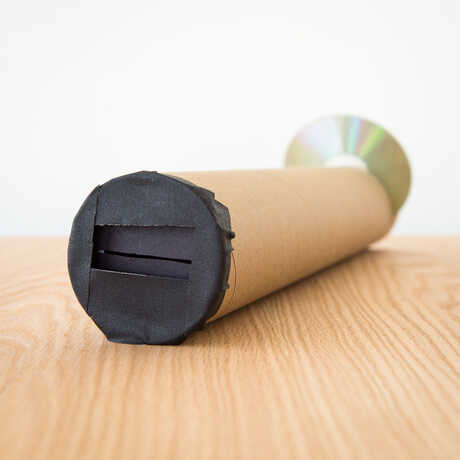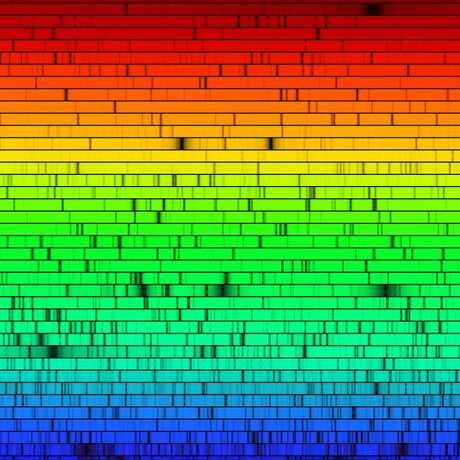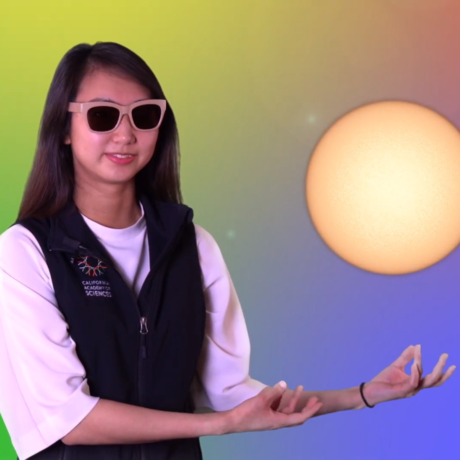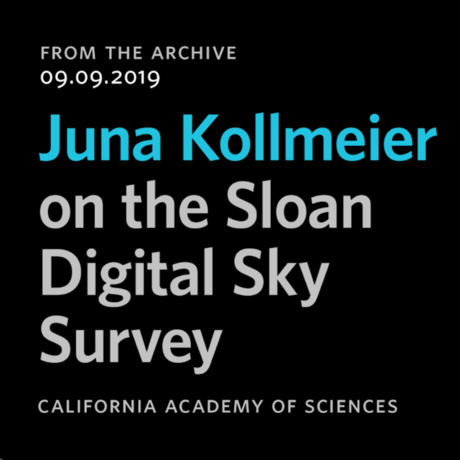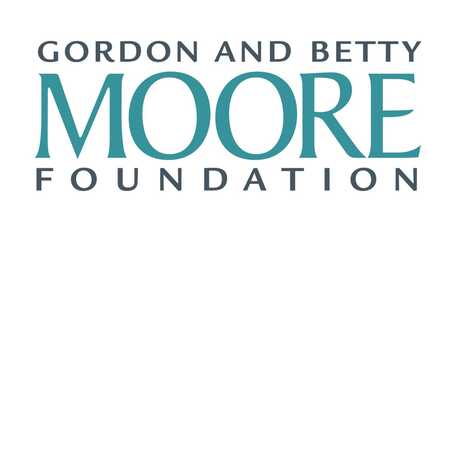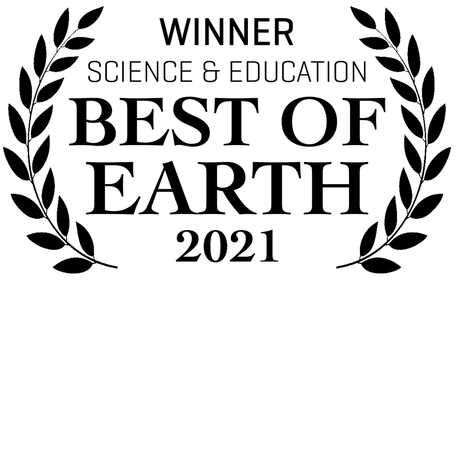
Duration: 7 minutes
Grade Level: Best for grades 5+; content connects to NGSS standards for high school
How can we detect life on other worlds too distant for spacecraft to visit? By letting planets show their true colors. Learn how scientists are using spectroscopy to search for signs of life, or biosignatures, on faraway exoplanets based on the unique colors of their atmospheric chemistry.
